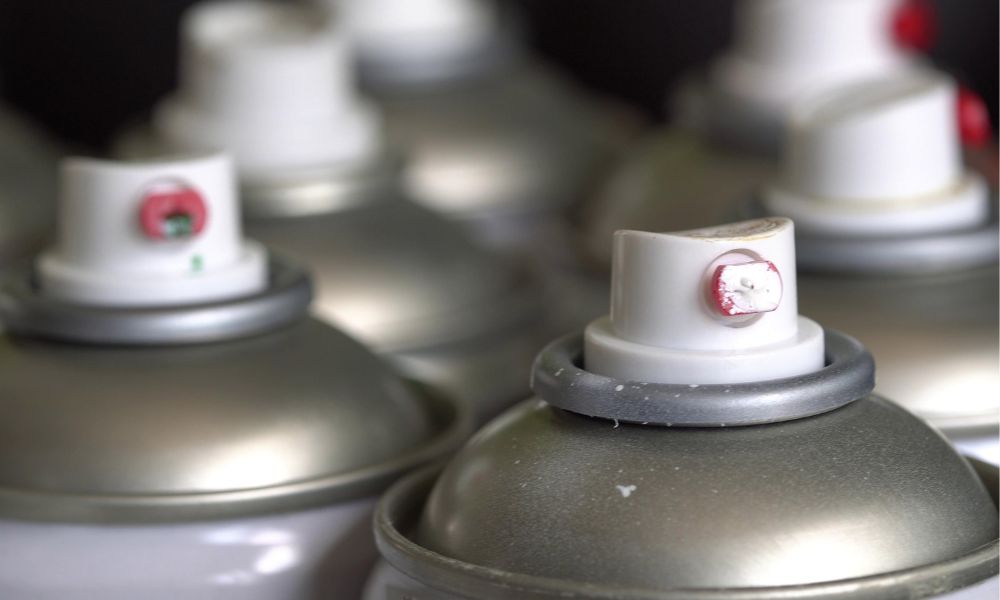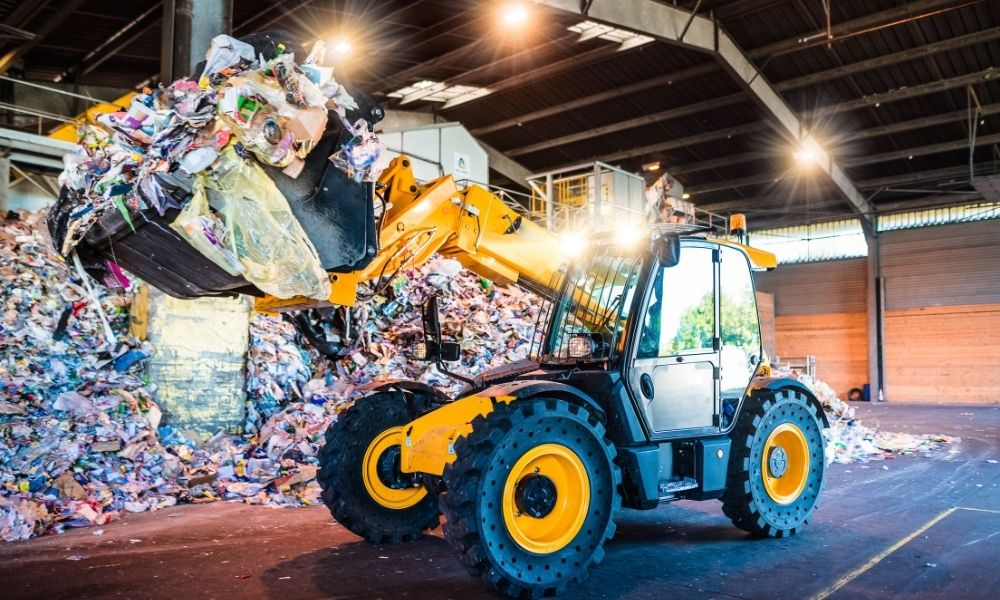Governing bodies in the waste management industry designated several types of household and business-related hazardous waste as universal waste, which means they’re hazardous but contain common materials and a variety of individuals use them. However, people should still dispose of this waste with great concern for the ecosystem. Some states have identified more than five types of universal waste while the federal government and Environmental Protection Agency (EPA) have identified the rest. So, what are the five types of universal waste and what do we do with them?
Batteries
Not all batteries are created equal. Batteries, defined as containers that use chemical reactions to produce electrical power, can contain cadmium, mercury, lead, lithium, zinc, and carbon. Zinc-carbon batteries are the least dangerous, so you can toss them out with the regular trash. All the others—lead-acid (found most often in vehicles), mercury-oxide, nickel-cadmium, lithium, and zinc-carbon batteries—are more dangerous and only designated facilities can dispose of them while keeping them out of landfills where their contents can leach into the soil.
Pesticides
The EPA defines pesticides as any substance used to kill, prevent, destroy, mitigate, or repel pests and vermin or protect plants by regulating, defoliating, or desiccating the plant or surrounding weeds. That definition covers a lot of ground. The EPA considers pesticides universal waste when they issue a recall, suspension, cancellation, or otherwise mark them for disposal as part of a treatment process before throwing them away.
Equipment Containing Mercury
Mercury turns up in a lot of old technological devices. It’s useful stuff but also a deadly poison. Mercury can turn up in thermostats, thermometers and other regulators and meters, and in some batteries and lamps. What you should note is whether your device no longer contains mercury. If not, that device is no longer a universal waste; you can throw it away with regular garbage. However, only experts with the proper equipment and facilities should perform mercury removal.
Light Bulbs and Lamps
Here’s the fourth of the five types of universal waste. Light bulbs and lamps are certainly ubiquitous and thus universal. However, traditional incandescent bulbs and newer LEDs are not hazardous waste since they contain very little in the way of hazardous substances. On the other hand, certain types of lamps, bulbs, and light-emitting devices are universal waste and require special handling. A lamp, bulb, fluorescent tube, or other light containing neon, mercury vapor, metal halide, or high-pressure sodium requires special treatment and disposal.
Aerosol Cans
Aerosol cans are the latest addition to the universal waste category. Aerosols can often employ propellants to spray and spread paint, cleaning products, pesticides, and more. They also have the potential to ignite and explode under certain conditions. Therefore, the appropriate facility must puncture and completely drain the cans of their contents before disposal—and only then will they fall under the universal waste category.











